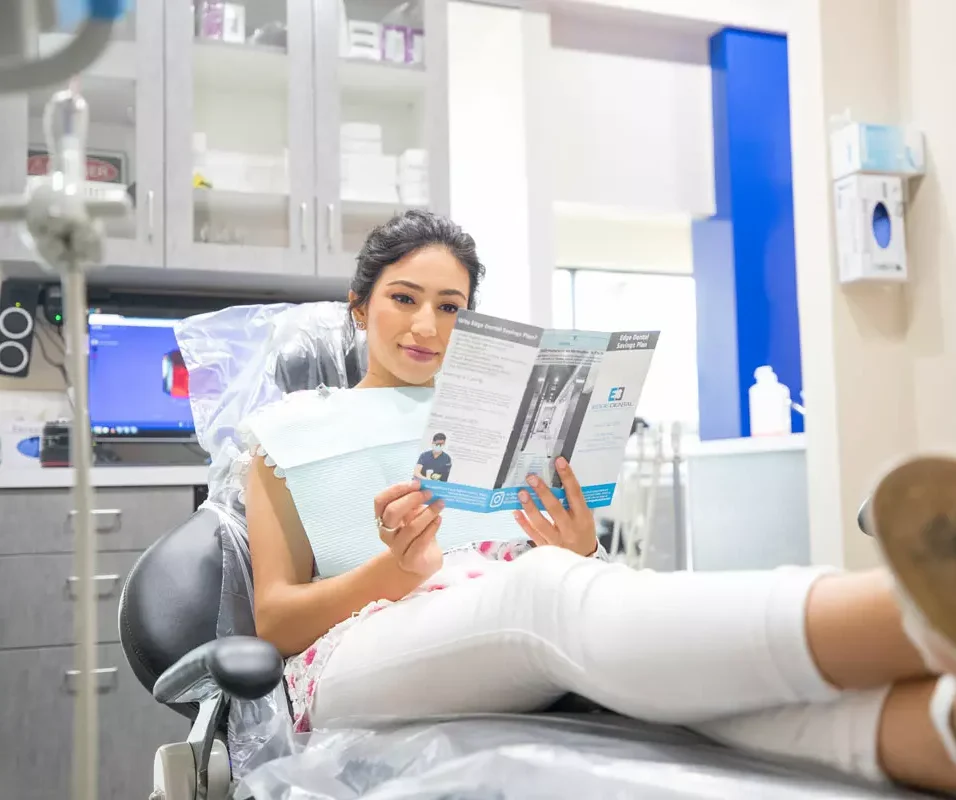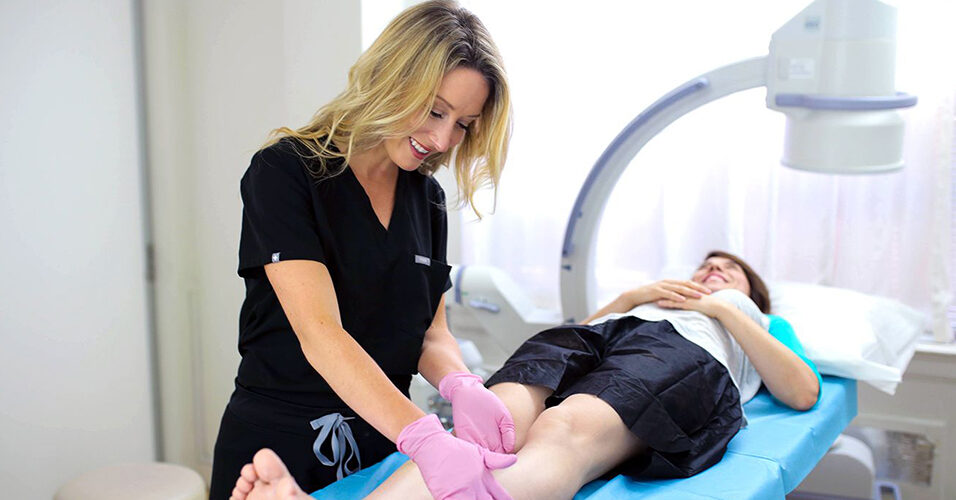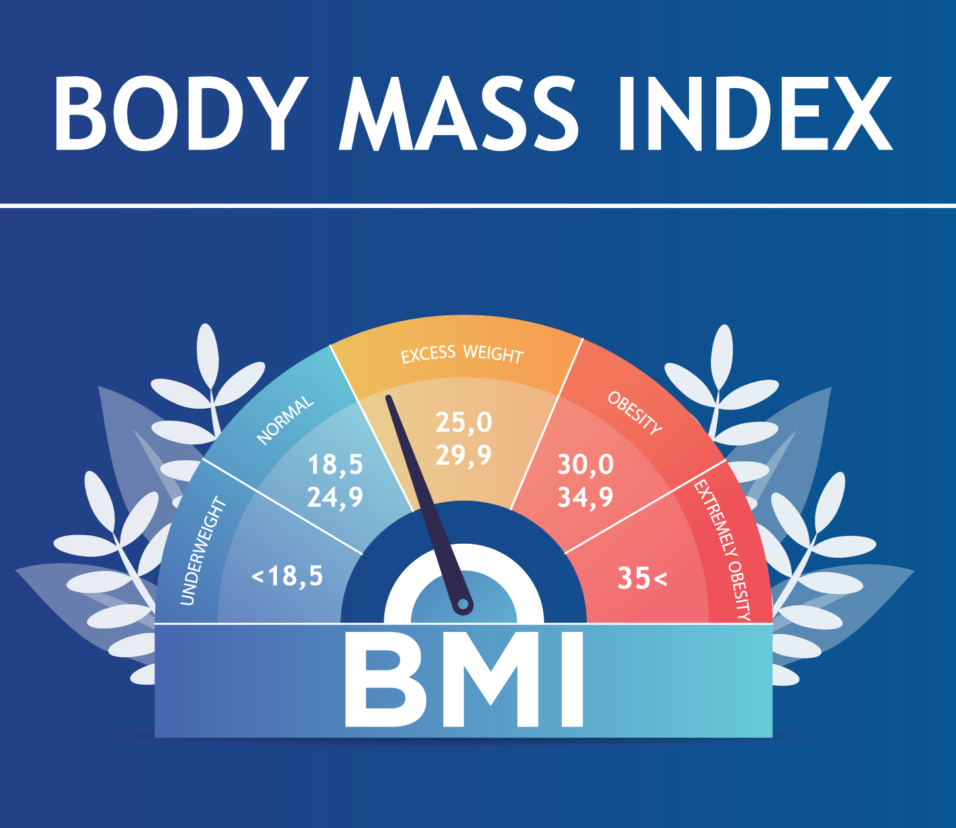What is Salabhasana (Locust Pose) and its Benefits? Salabhasana or locust pose is a back-bending yoga asana that opens the front of the body and strengthens the back. Salabhasana is an effective way to bend your back against the natural curve. The backbend yoga poses can be challenging for people who don’t practice yoga or do any exercise. People with a rigid body will struggle to move forward and slouch, and the opposite can be challenging, too. But once you begin practicing Salabhasana every day, you will find it very relaxing and amazing, and you will feel great after practicing it. Salabhasana can be extremely helpful for people who yoga school in rishikesh lack flexibility and have a rigid body structure to increase their flexibility, strength, and balance. Salabhasana is an intermediate yoga asana that helps stretch the back, chest, and spine to make you feel energized and rejuvenated. In traditional yoga, Salabhasana is said to bring balance and alignment to the Muladhara chakra, which is at the base of the spine. It is associated with self-security and helps the yogi to feel grounded. Salabhasana may also stimulate the Manipura (navel) chakra, due to the pressure on the abdomen, which traditionally is associated with inner strength and self-esteem.
What is Salabhasana (Locust Pose)
Locust Pose is the English name of Salabhasana. Salabhasana derives its name from the Sanskrit Language. Salabhasana is a combination of two Sanskrit words: salabha and asana which means are as follows:
- salabha – locust or grasshopper
- asana – posture or seat
Pronunciation of Salabhasana: sha-la-bahs-anna.
Do you want to visit Char Dham? Char Dham Travel Agent is the best place to plan your Char Dham tour. You can book the tour from here.
In Salabhasana, the body shape resembles that of a locust pest, so it’s called “Locust Pose.” Salabhasana is a very beneficial posture for both beginners and advanced practitioners of yoga because it strengthens the pelvic portions. Doing this asana regularly helps to improve digestion and strengthens the muscles and nerves in the shoulders and neck. Salabhasana takes upper body and middle back strength to perform it. Salabhasana helps stretch the spine and improves your balance and strength.
Benefits of Salabhasana (Locust Pose)
Salabhasana or locust pose has numerous health benefits. Here are some of the benefits are listed below are as follows:
- Strengthens the Muscles
- Stretches the Body
- Strengthens the Nervous System
- Relieve Stress
- Increase the Blood Flow
- Improves Posture
- Improves Flexibility
- Help to Calm Down
- Manage Diabetes
- Increase Breathing Capacity
- Relief Digestive Discomforts
- Treat Menstrual Problems
- Tones Butt and Hamstrings
- Massages Abdominal Organs
Let’s look at how these benefits we get by regular practice of Salabhasana or locust pose are as follows:
Would you like to visit Indiar? A tour operator in India is the best place to plan your tour. You can book a tour from here.
- Strengthens the Muscles
Practicing Salabhasana strengthens the leg, pelvis, arms, shoulders, thighs, calves, hips, and back muscles. It also helps to alleviate all joint pain and muscular pain in the body.
- Stretches the Body
Practicing Salabhasana is good for stretching shoulders, chests, stomachs, and thighs as well as stimulating abdominal organs and back muscles.
- Strengthens the Nervous System
Practicing Salabhasana strengthens the nervous system and enhances its activity. Salabhasana stimulates the entire autonomic nervous system, especially the parasympathetic part.
Would you like to visit Haridwar? Travel agents in Haridwar are the best place to plan your trip. You can book your tour right here.
- Relieve Stress
Practicing Salabhasana is beneficial for treating depression, reducing stress, and calming the mind, body, and soul.
- Increase the Blood Flow
Practicing the Salabhasana ensures that the nerves are stretched and that the blood circulates better, thus allowing oxygenated blood to enter the body.
- Improves Posture
Practicing the Salabhasana is great for maintaining good posture and slimming your figure by opening the chest. When you hold Salabhasana, you tone your core muscles, gluteus, hamstrings, adductors, and calves.
- Improves Flexibility
Practicing the Salabhasana helps to improve body flexibility by stretching the body parts.
- Help to Calm Down
The Salabhasana is a full-body energizer that allows you to focus for a few breaths, then calms you down, leaving you alert but calm afterward.
- Manage Diabetes
Salabhasana is important for curing Sciatica, regulating the pancreas, and managing diabetes.
- Increase Breathing Capacity
Practicing the Salabhasana opens the lungs thus the breathing capacity is increased. Salabhasana also improves blood circulation in the human body.
- Relief Digestive Discomforts
As you lie on your stomach, the pressure exerted on your abdominal organs stimulates them, relieving digestive discomforts such as gas, indigestion, and constipation. Regular practice of this pose also improves the function of your stomach and liver.
- Treat Menstrual Problems
Salabhasana is beneficial for regulating a normal cycle and for treating menstrual problems. Practicing Salabhasana can help improve the flow of blood and oxygen to the pelvis, thus improving menstrual disorders. It may be useful for women with irregular periods.
- Tones Butt and Hamstrings
When you lift your legs and extend your hips in Salabhasana, you activate your glutes, adductors, hamstrings, and even your calves 300 hour yoga teacher training in rishikesh which leads to tone your butt and hamstrings.
- Massages Abdominal Organs
Besides strengthening the abdominal muscles, Salabhasana also tones the abdominal organs, including the kidneys, liver, and spleen. The pressure applied to these areas also gives them a nice massage.
How To Do Salabhasana (Locust Pose)
To get the right benefit from Salabhasana or locust pose, you must know the right way to do it. Let’s take a look at how to do Shalabhasan, it includes the beginner’s tips, preparatory poses, follow-up poses or counterposes, step-by-step procedure, advanced poses or variations, precautions, and contradictions for Salabhasana. Let’s start with the beginner’s tips:
Beginners Tips for Salabhasana (Locust Pose)
Here are some of the beginner’s tips for Salabhasana or locust pose you should know before performing it, are as follows:
- If you are new to Salabhasana, then you can take the support of your hands to raise the legs.
- Do it slow and never get hurry with these moves.
- Never push hard and strain your body.
- Put your hands on the floor, a little bit back from your shoulders, closer to your waist.
- Beginners sometimes struggle to lift their torso and legs in this pose.
- Never bend your knees, and always keep it straight.
- Avoid crunching the neck, keep the chin in slightly and the back of the neck long.
- Using it after a Sun Salutation can also help energize you, stretch your spine, and open your chest, which can improve your posture.
- Locust Pose prepares beginners for deeper backbends by strengthening the back of the torso, legs, and arms.
- If it’s uncomfortable for your hips or pubic bone try putting a folded blanket under your hip bones.
Before and after practicing Salabhasana or locust pose, a few yoga asana poses will help.
Preparatory Poses for Salabhasana (Locust Pose)
Some of the preparatory poses for Salabhasana or Locust Pose will help you warm up the body for physical activity are as follows:
- Urdhva Mukha Svanasana – Upward-Facing Dog Pose
- Virabhadrasana I – Warrior I Pose
- Gomukhasana – Cow Face Pose
- Bhujangasana – Cobra Pose
- Surya Namaskar – Sun Salution
Steps for Salabhasana (Locust Pose)
When practicing Salabhasana or locust pose, be sure to follow the steps correctly without making any mistakes are as follows:
- Lie on your stomach on a yoga mat.
- Keep arms by your sides.
- Keep your forehead and your chin straight on the mat.
- Keep both the legs straight.
- keep the toes of your feet straight and upwards.
- Straighten both your hands and press them under the thighs.
- Now, Breathe deeply and relax.
- Now, Inhale: raise both your legs upwards.
- Hold this position. This is Salabhasana.
- Exhale: bring both your legs down, take both hands from the bottom and relax.
DURATION: Try to stay in Salabhasana (As in Step 8) for at least 20 seconds. After step 10, repeat the Salabhasana 3-4 times from step 5.
Follow-Up Poses of Salabhasana (Locust Pose)
Once you have done practicing Salabhasana, you can follow up some poses like:
- Balasana – Child’s Pose
- Ushtrasana – Camel Pose
- Setu Bandha Sarvāṅgāsana – Shoulder Supported Bridge
Precautions and Contraindications for Salabhasana (Locust Pose)
Salabhasana or locust pose should not be practiced when you are facing one of the below precautions and contraindications are as follows:
- Don’t do Locust pose if you are pregnant.
- Salabhasana should not be practiced by people with a slipped disc problem, sciatica pain, or acute back pain.
- Salabhasana should not be practiced by people with high blood pressure to avoid suffocation.
- Patients having abdominal tuberculosis, stomach problems, and ulcers must not practice Salabhasana.
Advance Poses or Variations of Salabhasana (Locust Pose)
Here are some Variations or advanced poses for Salabhasana or locust pose that helps to increase circulation and flexibility are as follows:
- Half-Locust Pose: In this posture, raise your legs one by one, not together. Rest all steps remain the same.
- Airplane Locust Pose: In this posture, arms position change, raise your extended arms. Rest all steps remain the same.
What is a locust pose aim?
Locust Pose aims to improve posture and combat the effects of prolonged sitting and laptop work. You may feel less back discomfort, prevent hunching and kyphosis (abnormal spinal curvature), and strengthen your back muscles, especially those supporting your spine.
Who should not do Salabhasana?
Salabhasana should not be done by a person with severe sciatica should avoid this position if they have severe back discomfort or a slipped disc because this position restricts the body from the hip to the feet. Anyone with severe menstrual issues or a prolapsed uterus should avoid it.






